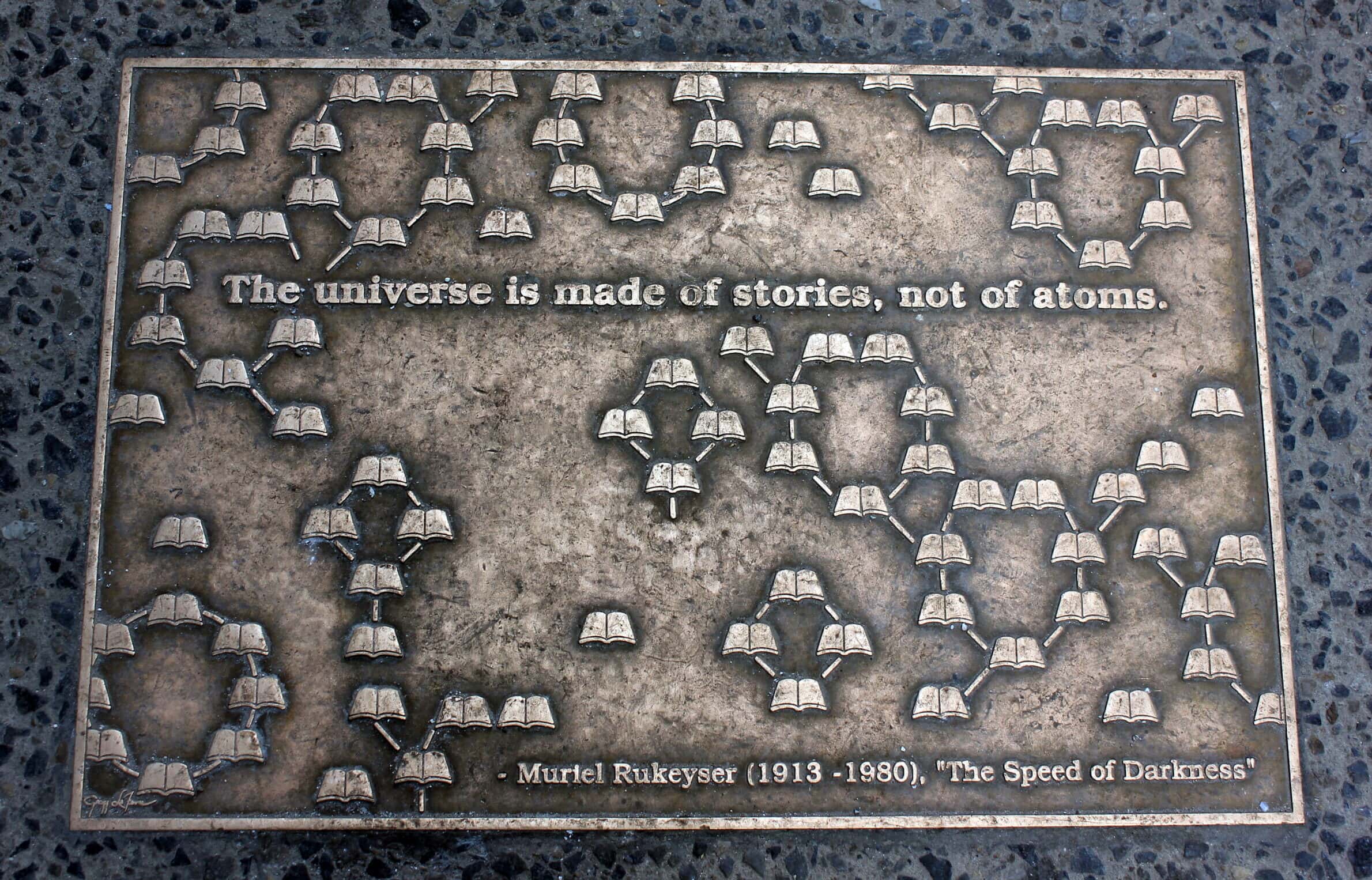The 111th annual meeting of the American Historical Association will be held in New York City at the New York Hilton and the Sheraton New York Hotels. More than 740 scholars, including 96 from abroad, will appear on the program. In addition, 47 affiliated societies and other groups will cosponsor sessions or hold separate luncheons, sessions, and meetings. Affiliate events are listed in the front portion of the Program, beginning on page 21. AHA-sponsored sessions begin on page 69. Highlights of AHA-sponsored sessions will appear in the December issue of the newsletter. Noted below are sessions sponsored by Association divisions and committees.
Teaching Division
The AHA Teaching Division is sponsoring several sessions, including “Encouraging Active Learning: Humanistic Perspectives”; “Bringing World History Scholarship into the Classroom and Lecture Hall”; “The Teaching and Learning of History as Epistemic Acts”; “Teaching the History of the United States between the Wars”; “Bringing the Vietnam War into the Classroom: Veterans as History Professors”; “Imagination and History: Key Ideas to Inspire Students and Illuminate the Past”; “Teaching, Writing, and History”; and eight poster sessions, which are listed on page 97 of the Program. For additional details on teaching-related sessions and events, see the December issue of Perspectives.
Professional Division
For the sixth year, the AHA Professional Division will continue its sponsorship of a workshop entitled “Interviewing in the Job Market of the 1990s.” The session is sponsored in conjunction with the Coordinating Council for Women in History and the Task Force on the Role of Graduate Students in the AHA. Session attendees will be divided into small interview groups, each led by a college or university faculty member or a public historian who will conduct mock interviews and lead discussion of successful interview strategies. The Professional Division will also sponsor the session “Downsizing in the 1990s: A Roundtable,” chaired by division vice president Carla Rahn Phillips (Univ. of Minnesota). Panel members are Kenneth T. Jackson (Columbia Univ.), Greg O’Brien (Univ. of Kentucky), and Linda Pomerantz (California State Univ. at Dominguez Hills).
Research Division
The AHA’s Research Division will sponsor “Disseminating Scholarship in the Twenty-First Century: Problems, Prospects, and Plans,” chaired by division vice president William G. Rosenberg (Univ. of Michigan). Kate Wittenberg (Columbia Univ. Press) will present a paper entitled “The Scholarly Publisher of the Future: Traditional Roles, New Technologies”; Roy Rosenzweig (George Mason Univ.) will present “Enhancing Scholarship/Expanding Readership: Technology as an Author’s Tool”; Michael Grossberg (AHR and Indiana Univ.) will deliver “History Journals in the Twenty-First Century: Editing the Future, the Future of Editing”; and Carol Mandel (Columbia Univ.) will present “The Library of the Future: Working with the Scholarly Community in the Print and Digital Age.”
Committee on Minority Historians
The Committee on Minority Historians (CMH) is sponsoring “Has ‘Minority’ History Transformed the Historical Discourse,” chaired by AHA president Caroline Walker Bynum (Columbia Univ.). Panel members are Patricia Nelson Limerick (Univ. of Colorado at Boulder), Dipesh Chakravarty (Univ. of Chicago), and Winston James (Columbia Univ.).
Committee on Women Historians
The Committee on Women Historians (CWH) is sponsoring the session “Theorizing Gender in a Global Context: A Roundtable” with Timothy Burke (Swarthmore Coil.) presenting” Africa”; Alice Nash (Columbia Univ.) “American Indians”; Anastasia Posadskaya Vanderbeck (Russian Acad. of Sciences) “Eastern Europe”; and Patrick F. McDevitt (Rutgers Univ.) “Ireland.” The CMH and the CWH are jointly sponsoring “Affirmative Action in the 1990s and Beyond.” Chaired by Allison Blakely (Howard Univ. and CMH chair), the session will feature panelists Joan W. Scott (Inst. for Advanced Study) and Karen M. Paget (The American Prospect). Yvette Huginnie (Univ. of California at Santa Cruz and CMH member) will provide comments.
Graduate Student Task Force
The Task Force on the Role of Graduate Students in the AHA will sponsor several sessions: “Preparing Graduate Students for the Academic Job Market in the Late Twentieth Century and Beyond: A Workshop for Directors of Graduate Studies and Chairs of Graduate Programs”; “Careers outside the University in an Age of Professional Competition”; “Doing History in the Twenty-First Century, Graduate Student Response: Task Force Open Forum”; “Inherent Contradictions, Multiple Identities: Graduate Students as Workers and Students”; and “What Are We Doing Here? The Pedagogical Logic of Graduate Education.” Please see the Program for details on these sessions.
Preregistration and Housing
By now, all members should have received their printed Program. The meeting preregistration form was included in the Program mailing and in the October issue of the newsletter. It should be returned to the headquarters office by December 6. Hotel reservation information appeared in the September issue of Perspectives. For copies or addition, information, please write Convention Director, 400 A Street SE, Washington, DC 20003, or send an e-mail message to aha@aha.msu.edu.
Meeting attendees can obtain information on airfares from the AHA’s official carrier, American Airlines, by calling American’s meeting services desk toll-free at 1-800-433-1790; ask for star file number 83D6AB. Attendees can also call Delta Air Lines at 1-800-241-6740 and ask for file number XN360. Ask that your tickets be processed by the annual meeting travel agency, Zenith Travel. Amtrak is offering 10 percent discount on all unreserved trains and off-peak Metroliner service. For reservations, call Amtrak (800-USA-RAIL), and ask for fare order number X-25-C-923. Tickets will be mailed to you directly.
More information about the annual meeting, including details about nearby restaurants, historic sites, and ongoing exhibitions, will appear in the December issue of Perspectives.
